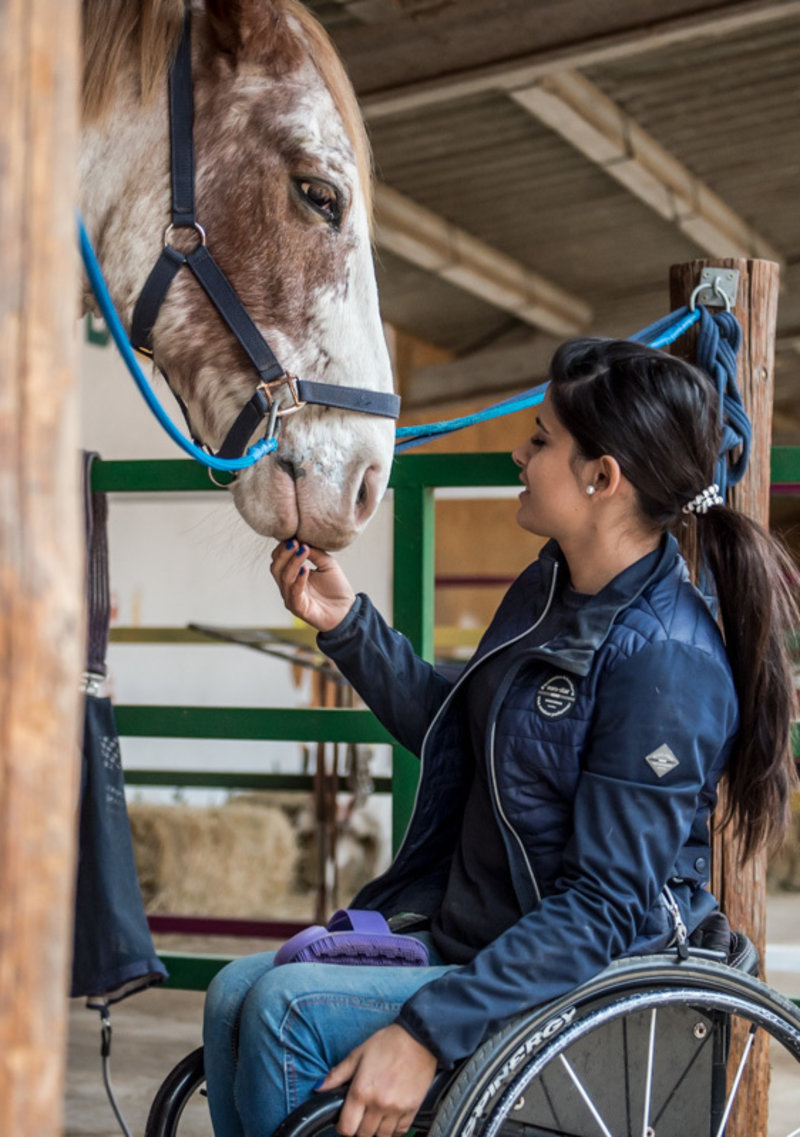Animal FEELINGS
Can horses feel shame? Do deer grieve for their dead? Why do roosters deceive hens?
What about humpback whales that act as if they’re grateful, adulterous magpies or pigs that have learnt their own names?
These are the kinds of questions that are asked by people who spend lots of time around animals because our life experiences are full of stories that seem to support an obvious ‘Yes’ answer.
In Peter Wohlleben’s book, “The Inner Life of Animals”– translated with warmth and clarity by Jane Billinghurst – we get as close as (currently) possible to understanding how the creatures we share the planet with are much more complex than we might at first think.
With our inbuilt tendency to ‘humanise’ animal behaviour, we like to compare them with our own species but this book has a remarkable way of putting us into their minds, bodies and hearts. Some of these are the author’s own pets and farm animals and his lifetime’s sharp observations of them bring the reader genuine insight.
Empathy and cruelty
The other great strength of this book is also one of it’s few weaknesses. We are moved and educated in equal measure with page after page of compelling anecdotes about the uplifting and even empathetic side of animals (squirrels adopting orphans and even cross-species pseudo-families) but there is only featherweight attention given to the cruelty that also runs through the animal world.
Where, for example is the fox that only eats the fatty jowls and throat of the sheep and leaves it to die in slow agony with the rest of its body intact?
If we humans are merely animals (and this is a biological fact of evolution that Wohlleben rightly points out) then surely the cruelty we routinely practice can also be found in our four-legged relatives too. Wohlleben tells us with loving, enthusiastic praise about the crow that goes tobogganing for fun. He overlooks the cat that tortures and toys with the mouse for nothing but amusement. The book would be stronger if this was acknowledged because it would add a few fistfuls of balance.
Where the book also charms the reader is in overthrowing misconceptions we generally have. Fish have no memory? Pigeons are “bird-brained” or pigs are simpletons? After reading this work, your mind is very likely to have been changed for good on these and similar questions.
He also counters other popular notions by illustrating that ‘the law of the jungle” and “survival of the fittest” are only parts of how animals relate with each other. Organised cooperation amongst individuals and groups is surprisingly common and it seems that many creatures (such as red deer) have the ability to switch off their hunger impulses when the seasons dictate this.
When it comes to domesticated animals though, in a brave and convincing section, Wohlleben also shows that some animals undoubtedly enjoy their work with men and women. He writes about horses happily clear forests as well as shepherd dogs engaged in keen “partnership” with their owners. This is only after stating of course, that “most animals used by people lead dismal lives.”
Before now running his own home farm, the author worked in forestry commission woodland for 20 years and he has also written a book about the hidden life of trees. Reading that might even persuade me to stop using paper.

